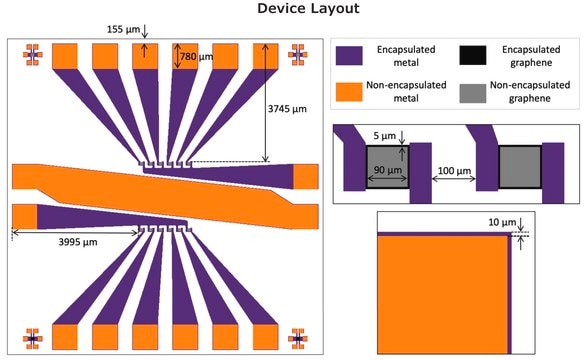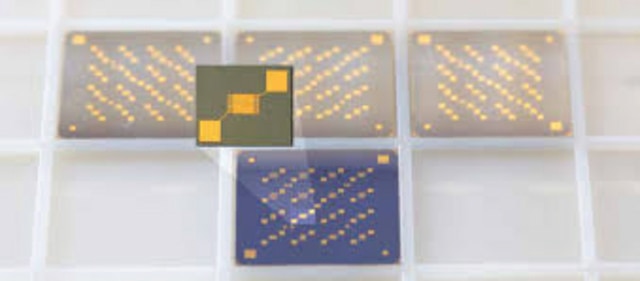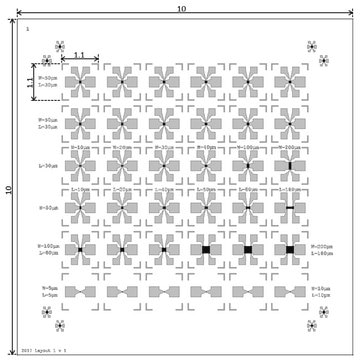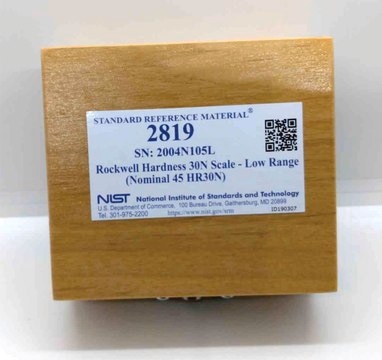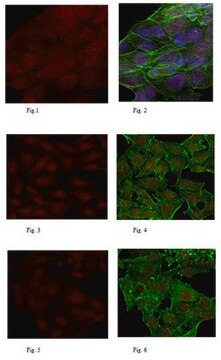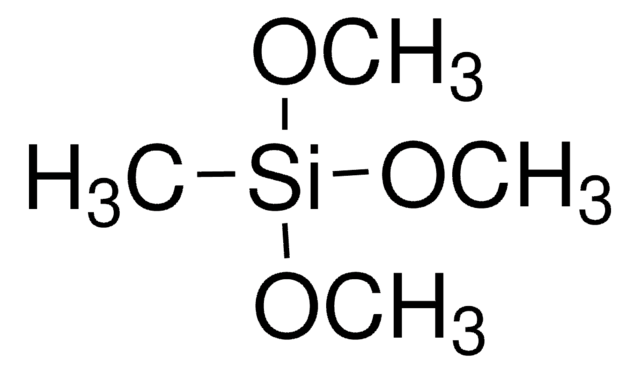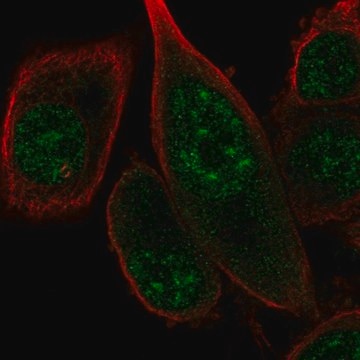General description
Fanconi anemia group D2 protein (UniProt: Q9BXW9; also known as Protein FACD2) is encoded by the FANCD2 (also known as FACD) gene (gene ID: 2177) in human. FACD2 is a nuclear protein that is required for maintenance of chromosomal stability. It is highly expressed in fetal oocytes, and in hematopoietic cells of the fetal liver and bone marrow. High expression is also observed in germinal center cells of the spleen, tonsil, and reactive lymph nodes and in the proliferating basal layer of squamous epithelium of tonsil, esophagus, larynx and cervix. FACD2 promotes accurate and efficient pairing of homologs during meiosis. It is also involved in the repair of DNA double-strand breaks, both by homologous recombination and single-strand annealing and may participate in S phase and G2 phase checkpoint activation upon DNA damage. It is concentrated in nuclear foci during S phase and upon genotoxic stress. FACD2 plays a role in preventing breakage and loss of missegregating chromatin at the end of cell division, particularly after replication stress. It is phosphorylated in response to various genotoxic stresses by ATM and/or ATR. Upon ionizing radiation, it is phosphorylated on serine 222 and serine 1404 by ATM. Phosphorylation on serine 222 is shown to be essential for S-phase checkpoint activation. Mutations in FANCD2 gene are known to cause Fanconi anemia complementation group D2, which results in anemia, leukopenia, and thrombopenia and may cause cardiac, renal, and limb malformations and increase predisposition to malignancies. (Ref.: Shen, Y., et al. (2015). Cancer Cell Microenviron. 2(4): e986).
Specificity
Clone 10F8.1 specifically detects human Fanconi anemia group D2 protein. It targets an epitope with in the first 150 amino acids from the N-terminal region.
Immunogen
GST/His-tagged recombinant fragment corresponding to first 150 amino acids of human Fanconi anemia group D2 protein.
Application
Anti-FANCD2, clone 10F8.1, Cat. No. MABS1889, is a mouse monoclonal antibody that detects Fanconi anemia group D2 protein and has been tested for use in Immunohistochemistry (Paraffin) and Western Blotting.
Immunohistochemistry (Paraffin) Analysis: A 1:50 dilution from a representative lot detected FANCD2 in human tonsil and human testis tissue sections.
Research Category
Signaling
Quality
Evaluated by Western Blotting in Jurkat cell lysate.
Western Blotting Analysis: 1 µg/mL of this antibody detected FANCD2 in Jurkat cell lysate.
Target description
~166 kDa observed; 164.13 kDa calculated. Uncharacterized bands may be observed in some lysate(s).
Physical form
Format: Purified
Protein G purified
Purified mouse monoclonal antibody IgG1 in buffer containing 0.1 M Tris-Glycine (pH 7.4), 150 mM NaCl with 0.05% sodium azide.
Storage and Stability
Stable for 1 year at 2-8°C from date of receipt.
Other Notes
Concentration: Please refer to lot specific datasheet.
Disclaimer
Unless otherwise stated in our catalog or other company documentation accompanying the product(s), our products are intended for research use only and are not to be used for any other purpose, which includes but is not limited to, unauthorized commercial uses, in vitro diagnostic uses, ex vivo or in vivo therapeutic uses or any type of consumption or application to humans or animals.
